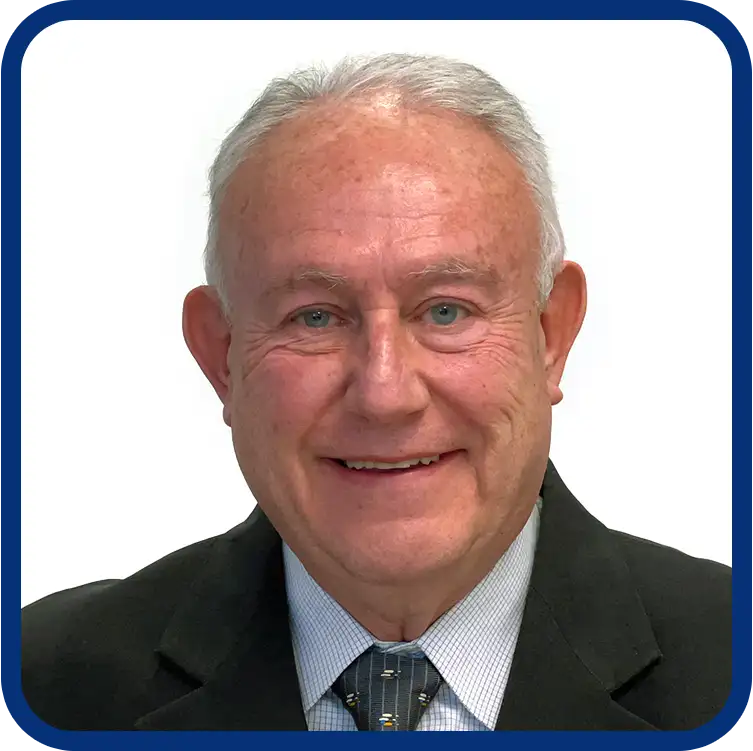Although all high power density lasers, visible or infrared, can be used to remove soft tissues, Er:YAG (2940 nm) and Er,Cr:YSGG (2780 nm) lasers are useful for removing hard tissues. Currently there is also a 9300 nm CO2 laser that can be used to remove hard dental tissues, although the latter is only marketed in the U.S.A.
The use of both Erbium lasers o ers di erent advantages to the clinicians who use them, and in the case of conservative dentistry, these advantages can mean less use of anesthetic solutions and, therefore, more possibilities of carrying out minimally invasive treatments and the possibility of treating patients who, for whatever reason, cannot receive the usual anesthetic products.
However, current restorative dentistry is based on the use of adhesive systems. Erbium lasers do not remove dentin in the same way that rotary systems do. Although the irradiated dentin is free of Smear Layer, the minimal thermal e ect they produce means that the collagen fibers, which are necessary for the formation of the hybrid zone, remain unusable. On the other hand, current adhesive systems are based on hybridization and, with the use of Erbium lasers, we are not able to form this layer.
For this reason, we have looked for adhesive systems that, combined with the energy densities per pulse of our lasers, can o er us the best values in terms of adhesion.
The “ex vivo” validation of adhesion tests, such as shear bond strength, tensile bond strength or marginal microleakage studies, can help us in our clinical decisions, but they are prospective clinical studies. long term, which will confirm whether the selected combination is effective over time.
